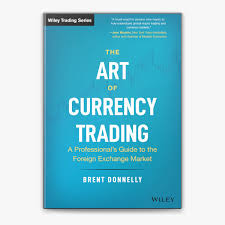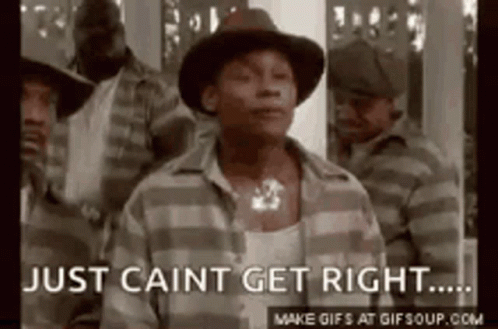Platinum: "But I Was Right" Reads Every Dead Trader's Tombstone
From time to time, we’ll include personal experiences and industry anecdotes. Enjoy the read—and perhaps take away a lesson or two.
My trading career began on the hectic floor of the CME, clerking in the Eurodollar pit. It wasn’t long before I leased a seat, backed by"locals" who had decided to give me a shot. The honeymoon was short-lived.
Reality struck brutally and immediately. Every time I made a buck, it felt like I gave back two. I was 19, green, and didn’t know a thing—a pretty catchy jingle if I do say so myself.
Yet amidst the excitement and confusion, one thing became crystal clear: I was exactly where I wanted to be. I was hooked. I wanted to trade.
Take a look at my response to a junior trader posting dated October 23, 2006. Craigslist applications are a throwback to a different time.
In 2008, graduation was months away, and I was meeting with any recruiter offering the word “trader.” I happened to wrestle with a kid from Kansas who said, “What is this agriculture company doing recruiting here?”
The job market had gone soft in front of the summer of 2008 (obvious in hindsight), but commodities were on fire. Investment money was piling into the BRICS, led by the China Story. Long only commodity funds and indexes were all the rage. Crude oil would soon surpass $100 per barrel.
I took a junior trader role with the promise of international travel and a trading book. By 2010, I had a sizable discretionary book and managed risk for one of the largest softseed processing footprints. My earliest success (of significant capital) came riding the reflation wave post-global financial crisis — long soybeans, canola, oilseed products, Canadian Dollars, and grains. There were hiccups, like the very first weekend I went home long.
Our early victories often shape us as traders, cementing habits and market biases we carry long into the future.
Fast forward to post-COVID, and I’d traded almost every futures commodity available—prop trading, developing quantitative strategies, relative value, and even outright punts.
Before this period, an older trader persistently drilled into me the importance of tracking one's P&L. Our profits and losses behave like markets. We become most vulnerable at our peaks and should double down at our worst. It’s counterintuitive to how most risk-management desks operate—which assumes you have controls to avoid the ruin problem.
Brent Donnelly’s FX trading book has a chapter on the topic. The same theme is covered by Kris Abdelmessih (Moontower Substack) when he explains why financial losses are not the correct approach to risk controls on one of many podcasts. Any aspiring trader should pick up Brent’s book and follow Kris.
During one of my best and most diversified years, I analyzed my returns by commodity (quantitative and discretionary strategies). Amidst all the profitable commodities, one spectacular and shining failure stood out—I was a f&%$ing terrible platinum trader. My losses in platinum overshadowed gains for entire commodity classes. It was uncanny; I lost money in every strategy in what felt like every trade. It was perfection in reverse.
From that moment, platinum took on a peculiar significance, haunting me with its stubborn, decades-long descending triangle pattern. Every time platinum edges up to test that resistance line, including today, I find myself secretly rooting for the breakout I always knew I'd miss.
If I had to guess, my average weighted buy was $60 higher than my average sale—a textbook example of WHAT NOT TO DO.
Here I sit, wondering yet again if today is the day platinum finally starts its march higher—the quiet breakout of its Maginot line.
Then I can relish the smug satisfaction that platinum’s bull market was always just around the corner.
My tombstone will read like every other dead trader’s, "But I was right in the end."
Thank you for reading. Please reach out to Nico@archaiq.ai with any suggestions on how to improve our products or if you're interested in exploring new opportunities with ArchaiQ. Sign up for our free weekly newsletter at www.archaiq.ai. Each morning, we will add some daily notes to our Substack chat (link here).
This is not trading or investment advice. Trading Futures is a high-risk activity; please consult with a professional.







